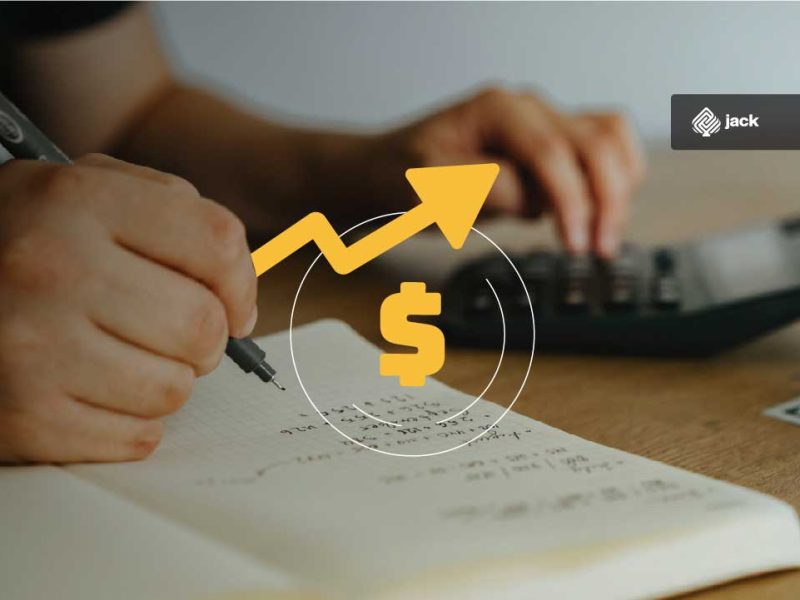Liabilities are a crucial financial concept for every individual, company, or legal entity. A profound understanding of what liabilities are and how to manage them is key to maintaining financial balance and preventing unwanted financial risks.
We will discuss this comprehensively and in detail, particularly for beginners who want a solid understanding of this topic.
What are Liabilities?
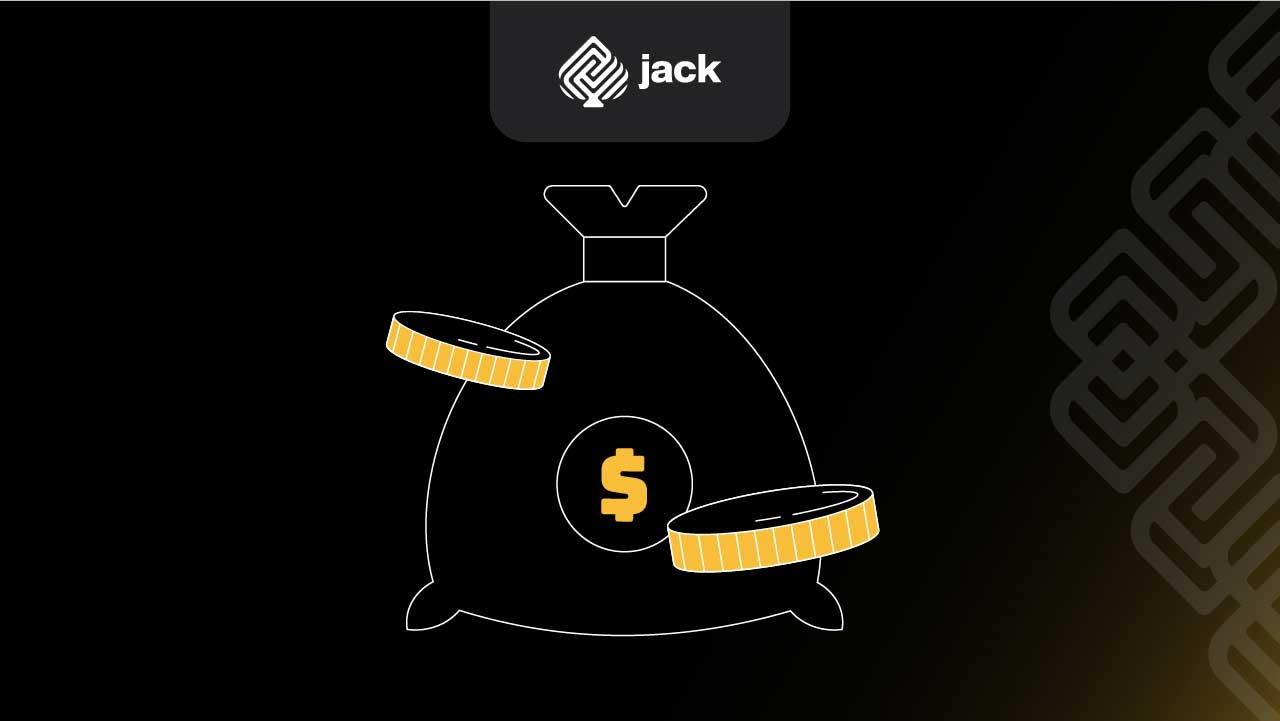
In the financial context, liabilities refer to financial obligations or responsibilities held by individuals or entities. This can include loans, debts, or other obligations that must be paid within a specified period.
Additionally, this can be divided into two main types: short-term liabilities and long-term liabilities. Short-term liabilities usually have a duration of less than one year, while long-term liabilities have a duration exceeding one year.
See Tutorial Account Verification Jack
Types of Liabilities

1. Accounts Payable
Accounts payable are liabilities arising from the purchase of goods or services from suppliers without immediate cash payment. Usually, there is a specific payment agreement that must be fulfilled within a certain period.
2. Bank Loans
Bank loans are a form of long-term liability where the borrower agrees to repay a specified amount within an agreed-upon period.
3. Bonds
Bonds are financial instruments representing debt issued by companies or governments. Bondholders have claims to interest payments and the return of principal at specified times.
4. Current Liabilities
Current liabilities encompass various short-term obligations, such as unpaid bills, salaries to be paid, or taxes yet to be settled.
Wise Liability Management
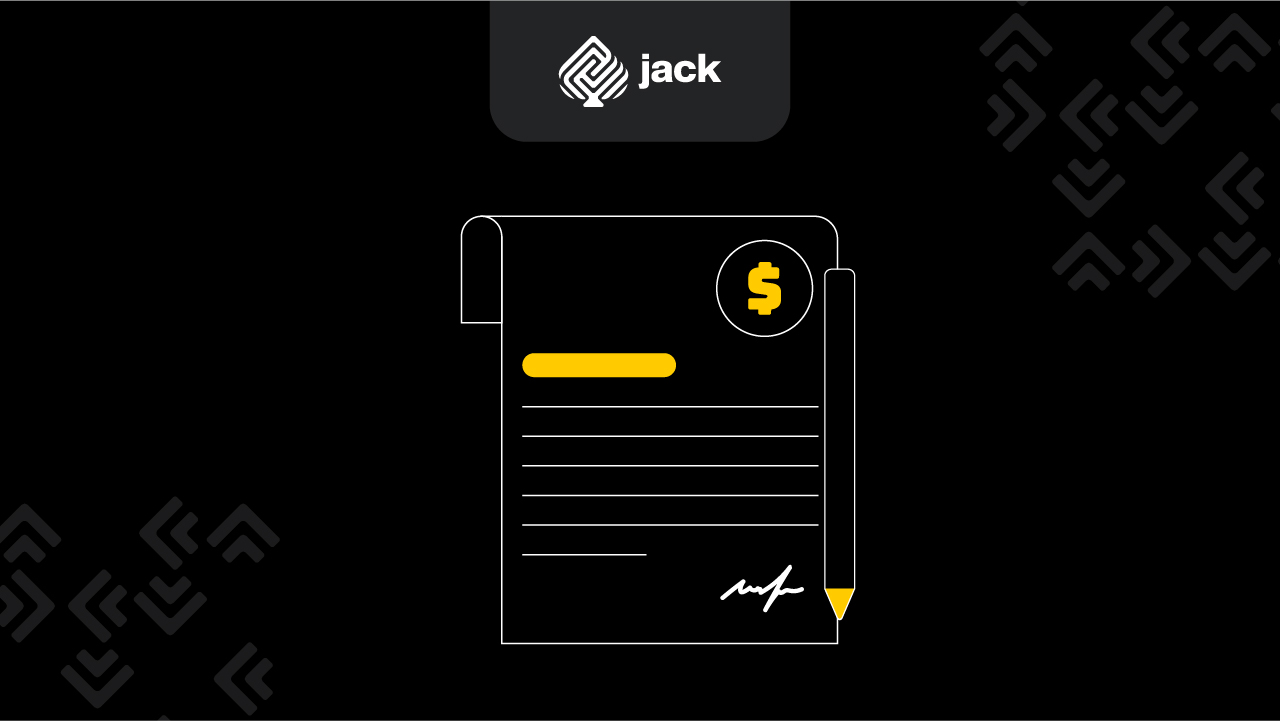
1. Understand the Types and Nature of Your Liabilities
It is important to clearly understand the types and nature of the liabilities you have. Is it trade payables that need immediate settlement or long-term loans with an extended duration?
2. Create a Payment Plan
Developing a sound payment plan helps you manage liabilities effectively. Prioritize payments based on urgency and associated interest rates.
3. Monitor Financial Health
Regularly monitor your financial health. This involves tracking debts, evaluating payments, and adjusting financial plans if necessary.
4. Interest Rate Comparison
If you have multiple liabilities with different interest rates, consider paying off those with higher interest rates first. This can help reduce overall interest burden.
Risks Associated with Liabilities
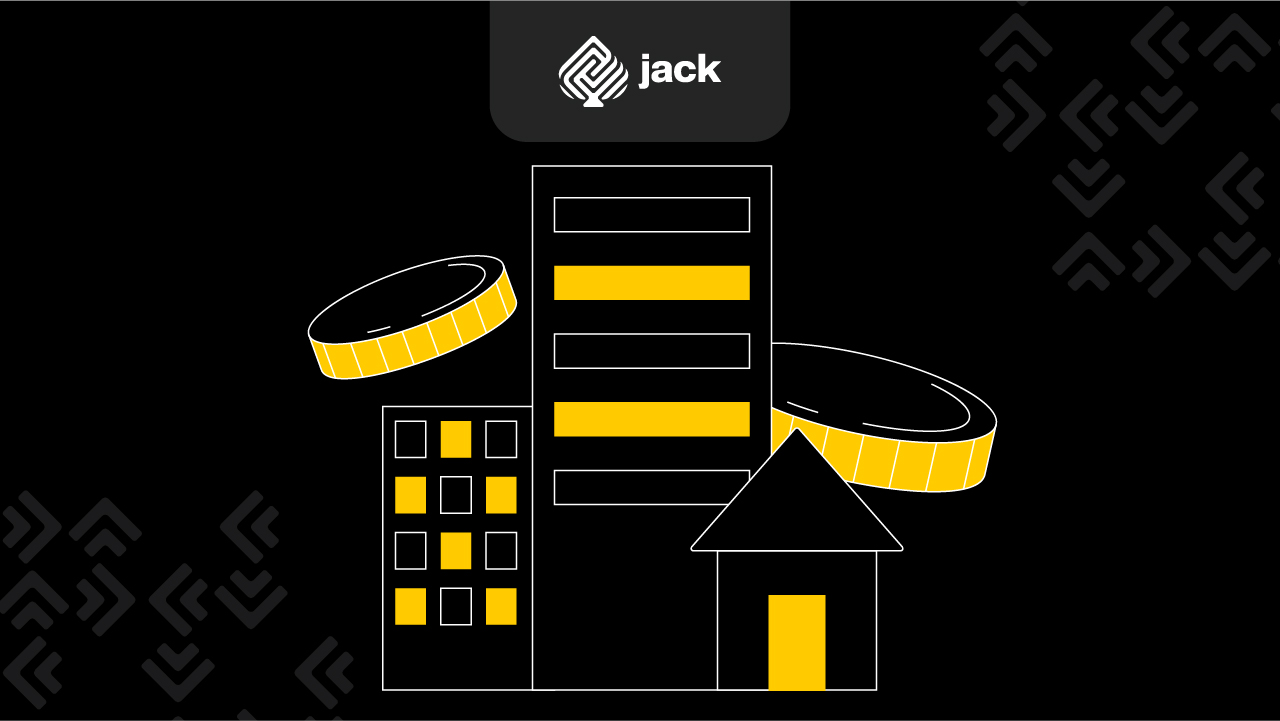
1. Interest Rate Risk
Liabilities with variable interest rates can increase financial risk due to fluctuations that may affect payment amounts.
2. Payment Risk
The inability to pay liabilities on time can lead to penalties and damage your credit. Therefore, effective cash flow management is crucial.
3. Exchange Rate Risk
For entities operating internationally, exchange rate risk can impact liabilities if there are currency fluctuations.
Role of Liabilities in the Balance Sheet

1. Short-term and Long-term Obligations
Liabilities on the balance sheet can be categorized into two main types: short-term obligations and long-term obligations. Short-term obligations include debts that must be settled within one year, while long-term obligations encompass debts with a duration exceeding one year.
2. Accounts Payable and Creditors
Trade payables are a type of short-term liability arising from the purchase of goods or services. The amount of accounts payable is clearly reflected on the balance sheet, providing an overview of the company’s obligations to external parties. Creditors are also recorded, reflecting the amount owed by the company to third parties.
3. Short-term and Long-term Loans
The portion of long-term liabilities on the balance sheet includes long-term loans that must be repaid in more than one year. This involves interest and principal payments, and the amount provides insight into how much external financing the company is utilizing.
Importance of Understanding the Balance Sheet as a Financial Evaluation Tool

Monitoring Financial Health
The balance sheet is a highly useful tool for monitoring the financial health of a company. By examining how assets, liabilities, and equity are distributed, stakeholders can assess whether the company has a strong financial foundation.
Financial Ratios
Understanding the balance sheet also aids in calculating various financial ratios that provide in-depth insights into a company’s financial performance. Examples of these ratios involve the comparison between debt and equity, as well as other ratios reflecting liquidity and solvency levels.
Investment Decisions
For investors, understanding the balance sheet is key to making wise investment decisions. By examining the liability structure, investors can assess the level of risk associated with an investment and determine whether the company can meet its financial obligations.
Financial Management
For company management, the balance sheet is a crucial guide in making financial decisions. Through liabilities, management can plan debt payment policies, manage cash flow, and create financial strategies aligned with the company’s objectives.
Why is Understanding Liabilities Important?
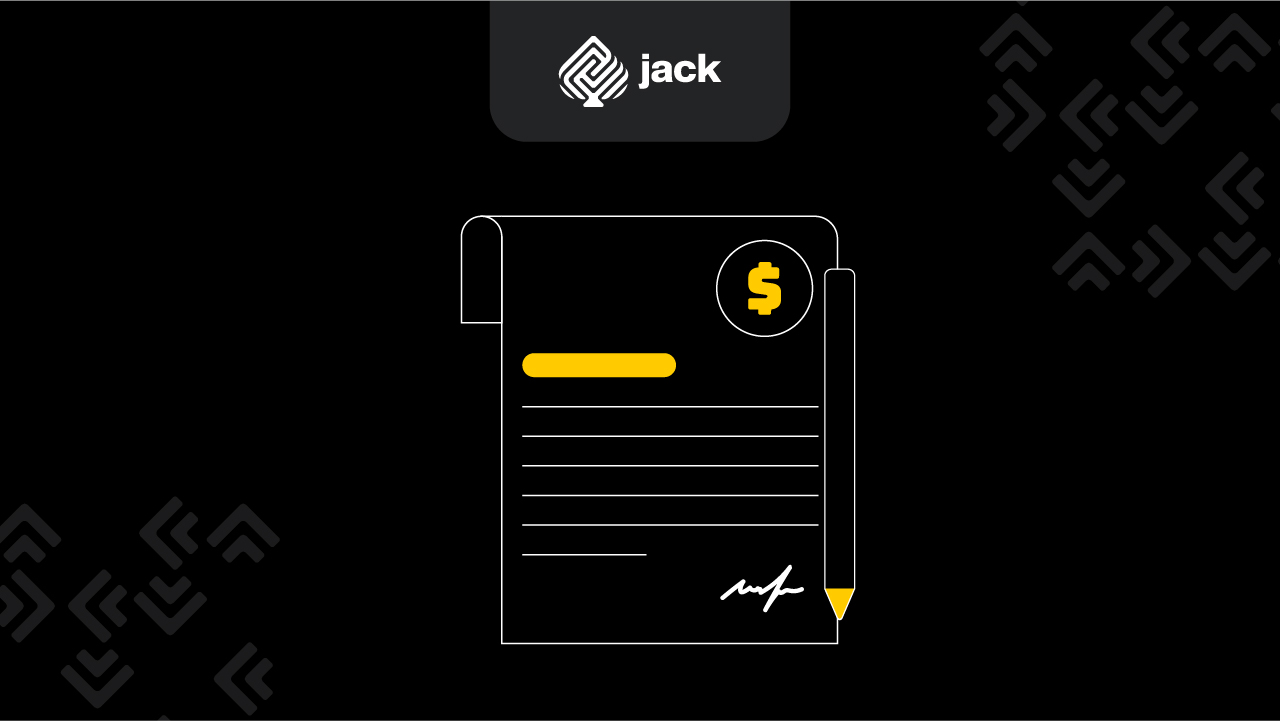
1. Preventing Financial Risks
By understanding liabilities, a company can identify and manage potential financial risks. This involves monitoring obligations to ensure they do not exceed the company’s ability to pay.
2. Wise Financial Decision-Making
A good understanding of liabilities aids in making wise financial decisions. This includes choosing the most suitable sources of financing, managing debt, and forming an optimal capital structure.
3. Building Credibility
For a company, having a strong understanding of liabilities can enhance credibility in the eyes of investors, lenders, and business partners. Financial transparency is key to building robust relationships with all stakeholders.
Use Jack for your business needs
With a good understanding of liabilities, you can take proactive steps to manage financial risks and build a healthy financial standing. It is not a burden but can be a powerful tool if managed carefully and wisely.

